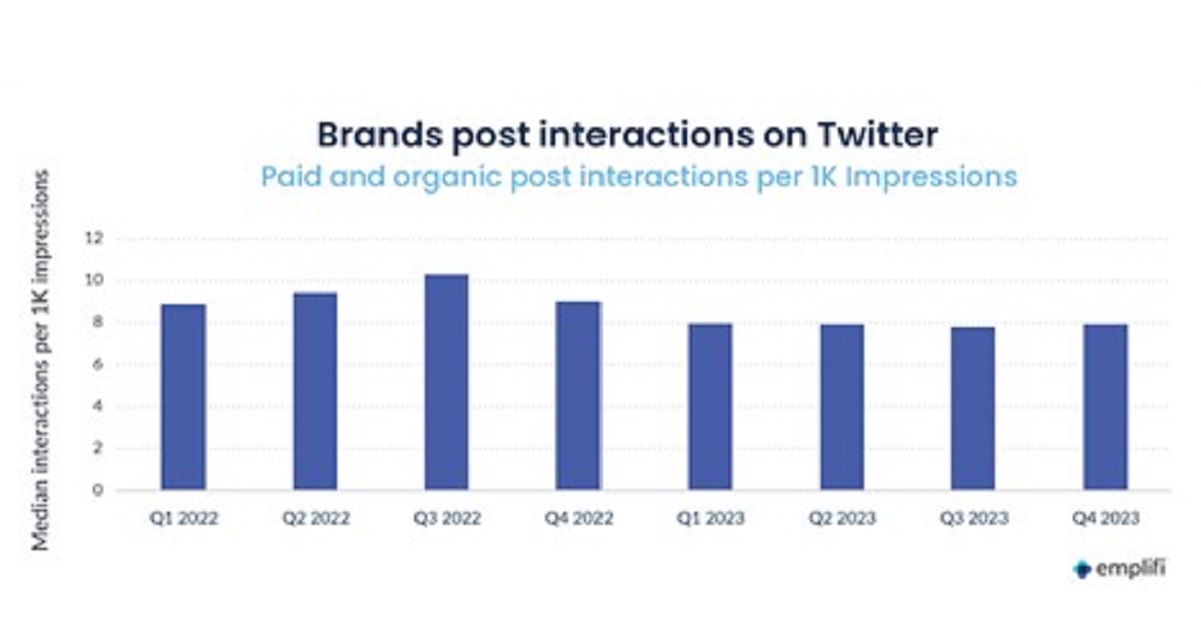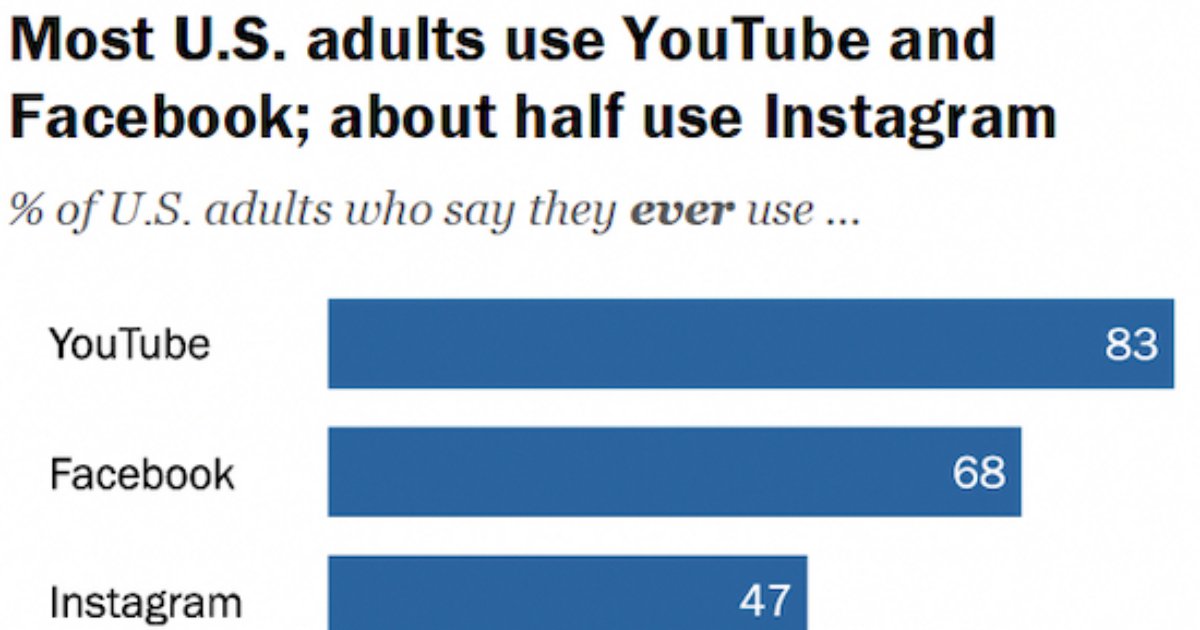1. Put a comprehensive social media policy in place... now
Conversations about your brand, often coming from within your own staff, will take place whether you choose to participate or not.
An internal social media policy lets your employees know where they stand and helps minimize the organization's risk. In your policy, be clear about what employees can and cannot do, what's appropriate and what's not, and how the things they share can affect the company.
Break large chunks of information down into bullets and lists that employees can easily digest and implement. Also, make sure you clarify who has the authority to speak for the company on social networks, and what will happen if the rules are broken. Coca Cola's social media policy is an excellent example of a sound policy that accounts for all of those criteria.
Also, you should let your communities know how your company uses social media and how you will handle their responses. For example, be clear about what will and won't be tolerated on your social media pages. Though you may plan to erase derogatory comments, note whether or not you will keep any bad reviews of your products, which can save you from "comment filtering/erased comment" backlash.
The posting guidelines on Krispy Kreme's Facebook page offer a good example of how to handle that issue.











![Social Media Image Sizes: A Cheatsheet for 2024 [Infographic]](https://i.marketingprofs.com/assets/images/articles/lg/240409-infographic-lg.jpg)
![How Gen Z's Social Media Habits and Use Are Changing [Infographic]](https://i.marketingprofs.com/assets/images/articles/lg/240402-infographic-lg.jpg)

![A Simple Checklist and Schedule for Social Media Marketing [Infographic]](https://i.marketingprofs.com/assets/images/articles/lg/240321-infographic-lg.jpg)




![Micro-influencer vs. Nano-influencer: What's the Difference? [Infographic]](https://i.marketingprofs.com/assets/images/articles/lg/240220-infographic-lg.jpg)
![Which Sports Teams Are Winning on Social Media? [Infographic]](https://i.marketingprofs.com/assets/images/articles/lg/240208-infographic-lg.jpg)
![How to Optimize Your Business's LinkedIn Strategy [Infographic]](https://i.marketingprofs.com/assets/images/articles/lg/240206-infographic-lg.jpg)
![The 50 Highest-Earning Social Media Creators [Infographic]](https://i.marketingprofs.com/assets/images/articles/lg/240118-infographic-lg.jpg)
![The Incredible Amount of Data Generated Online Each Minute [Infographic]](https://i.marketingprofs.com/assets/images/articles/lg/240104-infographic-lg.jpg)

